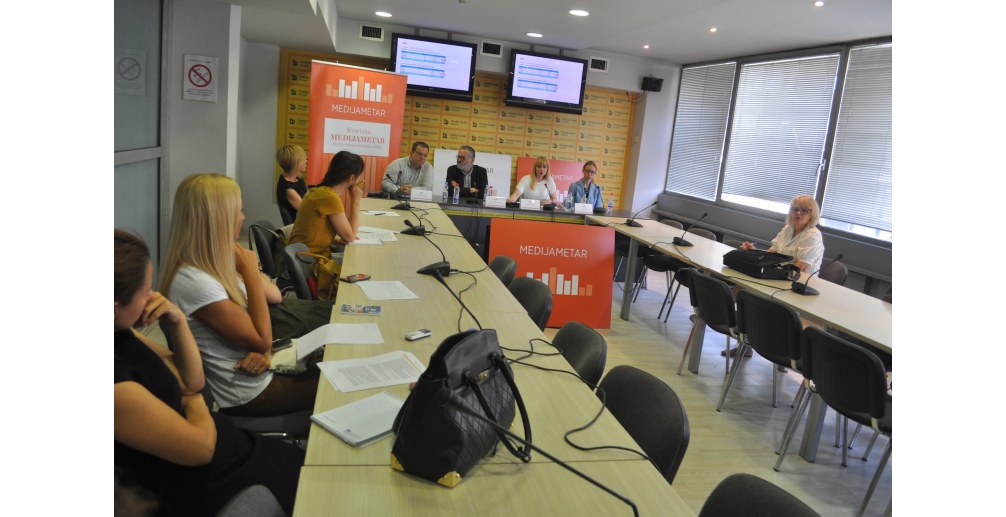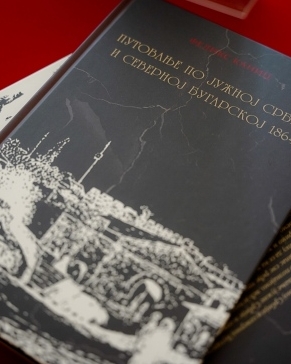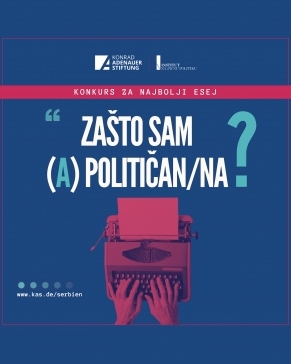
Fifth issue of “Quarterly Mediameter – Analysis of the print media in Serbia” was presented today at Media Center, Belgrade.
The lack of statistical data and facts regarding print media in Serbia has led to constant improvisation when referring to state of media, media freedom and editorial policy. Bearing in mind that no statistical data about media reporting existed in Serbia, Public Policy Institute, in cooperation with Media archive Ebart and experts who study this area, have started the project “Quarterly Mediameter – Analysis of the print media in Serbia” in early 2015.
Mediameter is a research and scientific-expert project, which monitors the development of the print media in Serbia through the analysis of value judgments and through the discourse analysis. Mediameter is aimed at improving the professional and ethical standards of media reporting and analysis. The report is a scientific and professional support to all public policy participants, media, government, opposition, analysts and the public.
Fifth issue of Quarterly Mediameter, which covers the period January – March 2016, was presented today at Media Center, Belgrade. This issue covers articles from front pages of newspapers Politika, Večernje novosti, Blic, Danas, Kurir, Alo! and Informer. Discourse analysis covers weeklies Vreme, NIN, Novi Magazin, Nedeljnik, Newsweek and Pečat.
At press conference, the method, sample and result of research for first quarter of 2016 were presented. The sample includes 1924 texts from front pages of daily newspapers. The results are presented in 128 tables, which show the distribution of topics and actors, their value contexts and frequency of occurrence.
Velimir Ćurgus Kazimir from Media archive Ebart said that there has been a narrowing of themes in the first quarter of 2016, i. e. a marginalization of all other topics except the elections which, together with political topics, have hallmarked the print media in Serbia between January and March 2016.
Isidora Jarić, research methodologist, has emphasized the continuity of research method that includes content analysis and discursive analysis. Jarić said that the total number of analyzed texts in all seven newspapers that entered the sample is 1924, which is a slight decrease compared to 2177 texts published in previous trimester.
Danica Laban, research methodologist, said that the report is most common form in the seven daily newspapers from the sample, that makes 1218 or 63% of 1924 texts in total. The following forms are article and interview, while news is least represented with less than 6%. One of the hallmarks of first quarter of 2016 is a significant increase of number of value neutral reports in comparison to the last quarter of 2015. When the value context in regard to all topics is observed, about 68% of texts in all media are neutral; that percentage is the highest in Večernje novosti – 84%, while it is lowest in Kurir and Politika – 69% each.
However, there are certain topics that some media always represent in negative context. The best example is provided by Večernje novosti, which representthe relations with EU negatively in 71.43% texts; that is a persistent trend in all five considered quarters.
Percentage of balanced texts remained at the level from previous quarter, i.e. predominantly unbalanced. Balance is present only in 29% of published texts, and that percentage ranges from 7.11% in Informer to 40.5% in Blic.
There is a noticeable increase of participation of political actors on front pages of media from the sample, which is the result of reduction of thematic interests. It is especially noticeable in increase of opposition actors (1428 compared to 763 in last quarter), while position actors’ number is increased for 51%. In comparison to results of the last quarter, there are almost three times more collective actors/parties that participate in the government (167 in last quarter of 2015 compared to 431 between January and March 2016), as well as opposition parties (181 compared to 576).
In the first quarter of 2016 the greatest number of texts on front pages is again dedicated to Aleksandar Vučić (661), who is followed by Tomislav Nikolić (232) and Ivica Dačić (225). The greatest number of texts that include Aleksandar Vučić is published in Danas (140), and the least amount in Alo! (64). The curiosity is the fact that 37 % of all texts on Government of Republic of Serbia have Aleksandar Vučić as the main protagonist. There is also an increase of number of negative texts on him, which is more than 40% in comparison to last quarter.
Regarding the ministers in Government of Republic of Serbia, the greatest number of negative texts is written about Ivica Dačić (28). He is followed by Nebojša Stefanović (15)and Zorana Mihajlović (11). Rasim Ljajić has the best representation, with 100% of negative texts.
Among opposition leaders, most notably represented are Boris Tadić (188), Bojan Pajtić (184)and Vojislav Šešelj (143). The greatest number of negative texts is dedicated to Bojan Pajtić (27.17%), who is followed by Sanda Rašković Ivić (18.42%)and Čedomir Jovanović (15.15%). The greatest number of neutral texts is dedicated to Boris Tadić (88.30%).
Among foreign actors, the greatest number of texts is dedicated to Vladimir Putin (111), which is almost double of those dedicated to Angela Merkel (61) and almost threefold of those dedicated to Barack Obama (44).
Texts dedicated to Russia/relation to Russia (55) are almost double of those dedicated to EU/politics of EU (28).
The curious fact is that just 172 texts have been written on representatives of EU, while representatives of Serbian Orthodox Church and other religious communities were the topic of 280 texts.
There is a noticeable lack of interest for economy, which is present in only 1.98% of texts from front pages.
The greatest number of negative texts in relation to the region is again dedicated to “Croatian government”.
Political analyst Dejan Vuk Stanković pointed out that existence of various opinions, arguments and conclusions in printed media could clearly be seen. Pluralism of opinions confirms that there is freedom in the public sphere, freedom of opinion and expression. Stanković further emphasized that there exists a sharp division in printed media, and especially among weeklies. They are divided on those pro-European and fiercely critical of authorities (Vreme and NIN), those moderately pro-European and moderately critical of authorities (Nedeljnik and Novi magazin), and those moderately critical of authorities, but with pro-Russian orientation (Pečat). The hallmark of weeklies in this quarter is significant primacy of critical writing against policy of current government. Stanković has emphasized that critical examination of government focuses not primarily on policy, but on its central actor. That is achieved by asking the crucial question “Are you for or against Vučić?”
With the exception ofPečat, all weeklies are characterized by significant rhetorical and semantic overlapping between attitudes of journalists and interviewees and attitudes of opposition parties. Opposition, especially pro-European, has pronouncedly negative connotation in value-political sense, in columns of daily newspapers Informer and weekly Pečat: criticism of opposition is personified, severe, politically provocative and often below limits of conventional decency in public communication.
Quarterly Mediameter is published four times per year. Four issues have been published up until now and they cover period January – December 2015. They are also available in electronic format on web page www.medijametar.rs




